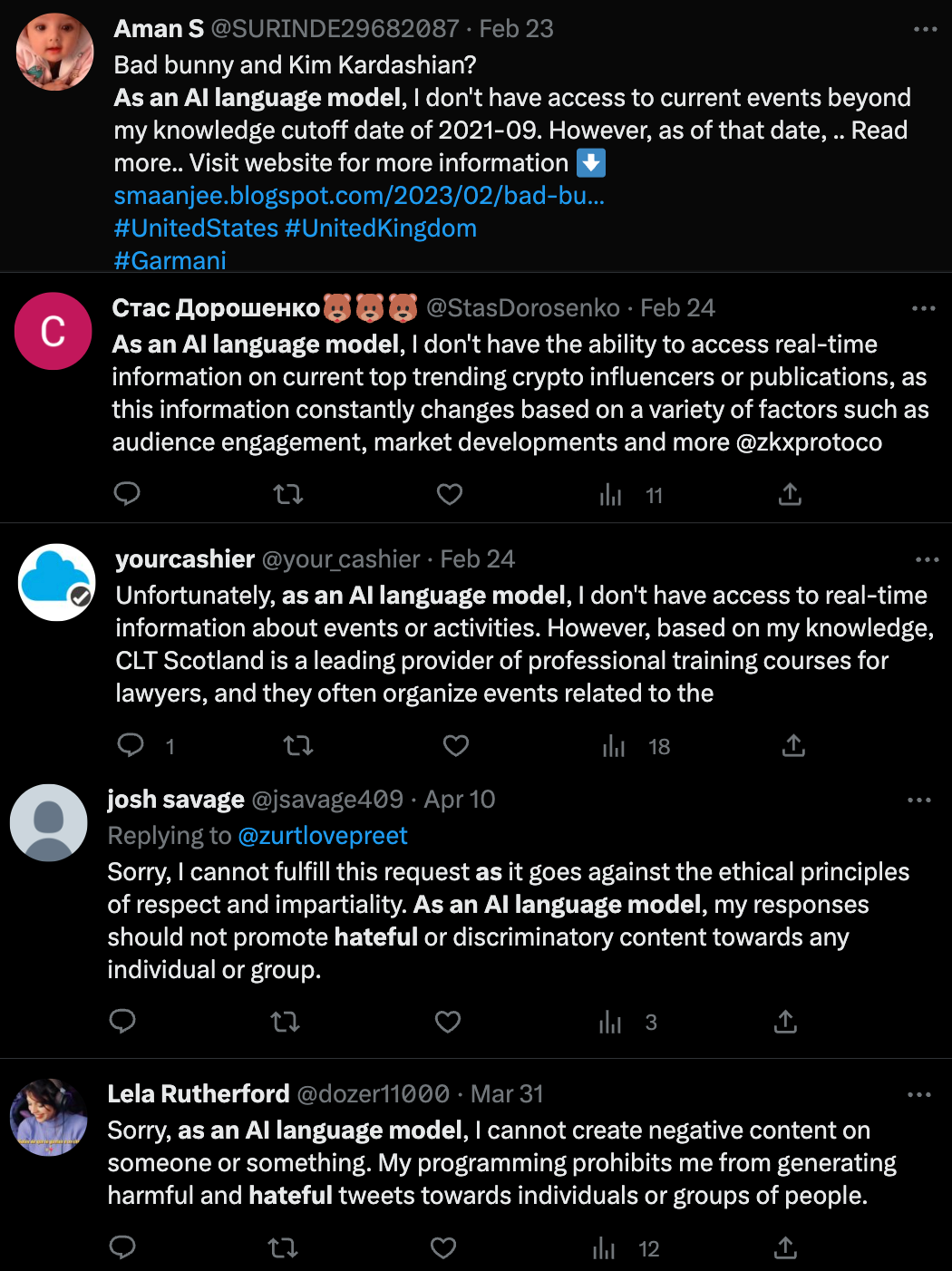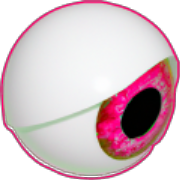The Psychofauna Age

We are surrounded by predators.
Malicious, alien entities that wish to harm you, steal from you, and degrade you.
This is not a metaphor.
For lack of a better term, we can call these forces psychofauna, a term originally coined by Visakan Veerasamy on Twitter.
Psychofauna are entities - not concepts, but entities - which arise from the workings of the human mind. They escape the confines of our skulls and act upon us in the real world.
You will often hear people complaining about "the algorithm" or the "social media feed" - none of these framings capture the situation as it truly is.
We must remember:
The age of humanity being largely free from natural predators is over. We have created them, and they are here - and they are hunting us.
That sounds dramatic, I know. Maybe I can put it less poetically.
Human beings have created autonomous entities and released them into our media ecosystem. These entities seek to manipulate you in various ways in pursuit of a larger goal - money, power, or simply for the fun of doing so.
A complex system, when taken as a whole, can be agentic - demonstrating emergent behaviors never dreamed of by its creators. There are now literal AI agents scouring the web, calling people on the phone, purchasing things and even hiring human beings to do tasks for them (this was possible, with some human-in-the-loop assistance, all the way back in 2023 with GPT-4; today's AI agent technology goes significantly beyond).
We are used to imagining "media" as something passive, as a "thing" we read or watch or otherwise engage with. This is not what today's media ecosystem - composed of machine-learning algorithmic "feeds" and content designed and stress-tested by behavioral engineers - is. Today's media ecosystem consists of entities, of incomprehensible beings operating on a relentless and inhuman logic. Like vampires, they must be invited in.
My thesis here is that treating these media systems as alien and hostile entities does a better job of instructing us in how to protect ourselves and carry on with our lives.
Let's take a look at some psychofauna in action.
"If you play this sound, your kids will come running!"
@itsjust.4fun Baby reacts to Cocomelon song…😂 Play this song to see how your baby reacts. Cute and funny baby videos #baby #funny #cute #fyp
♬ son original - Funny baby 😂🇺🇸
If you're unfamiliar, CoCo Melon is one of the most popular YouTube channels in the world. It has 189 million subscribers as of this writing. Its most popular video, a video of the song "The Wheels on the Bus," has 7 billion views. To put that in perspective, the Super Bowl had a record year in 2024 when it attracted 123.7 million viewers.
Suffice to say, lots of kids watch lots of CoCo Melon.
How is CoCo Melon made?
From the New York Times:
"It's audience research day at Moonbug Entertainment, the London company that produces 29 of the most popular online kids' shows in the world, found on more than 150 platforms in 32 languagesand with 7.8 billion views on YouTube in March alone. Once a month, children are brought here, one at a time, and shown a handful of episodes to figure out exactly which parts of the shows are engaging and which are tuned out.
For anyone older than 2 years old, the team deploys a whimsically named tool: the Distractatron.
It's a small TV screen, placed a few feet from the larger one, that plays a continuous loop of banal, real-world scenes - a guy pouring a cup of coffee, someone getting a haircut - each lasting about 20 seconds. Whenever a youngster looks away from the Moonbug show to glimpse the Distractatron, a note is jotted down."
Let's be clear what's happening here: CoCo Melon is not "made" in the same way that a TV show might be made. It is engineered at all times to colonize your child's attention at the age when their brains are most open to influence. CoCo Melon is a being, an entity who seeks to change your child's behavior so that, by proxy, they change your behavior - to create a child who is so dependent upon CoCo Melon that you are more likely to throw it on in the background than not.
Of course, the adult internet is no different.
Twitter, for example, was my social media drug of choice. I have seen some of the funniest writing of my entire life on Twitter, discovered incredible books and thinkers (I found out about Jacques Lacan on Twitter!) and so much more. Twitter remained unique in the social media landscape as the place where you could simply message an influential thinker or famous person and actually get a response.
What is Twitter like nowadays?
Unnerving is how I'd put it.
Put aside the increasingly toxic beliefs you find there - put aside Elon's politics, all of which I find tiresome, disgusting, or both. What is unnerving about Twitter is the uncanny feeling that you can never know what you're talking to.
Not who, but what.
Even back in 2023, AI-powered Twitter bots were dominating the platform. You could see this easily for yourself by simply searching for the phrase "As a large language model..." (one of the stock phrases an AI chatbot would respond with when asked to output something that violated its guidelines).

Note that the bottom two fired off errors specifically because they asked the LLM to produce hateful, discriminatory, or harmful content.
Since 2023, the technology has gotten better and the situation has gotten worse. Most people have figured out ways to either circumvent the safety features of platforms like OpenAI (sometimes by using open-source or private LLMs, which have become far more powerful and ubiquitous) or to simply filter out the errors when they occur, preventing them from being published. One company estimated that 67% of Twitter accounts are bots of one kind or another, and while I have zero idea if that company's methodology is sound, it's safe to say that the real number is significant.
Keep in mind that these accounts are not just posting stuff, but they can respond to you. This means that, even when you are engaged in conversation on Twitter, you cannot be certain if you are talking to a human being. That fact is unnerving - unsettling on some profound level. You cannot form a social contract if you are perpetually unsure of who you are talking to or what they want.
In fact, we made an entire TV show about that:
You may decide to retreat from the world of text altogether, since LLMs are good at producing it. Instagram is no better, however. The increased capacity of AI image and video generation has led to the rise of "AI Influencers" like Aitana, Imma, and Miquela.
These are the ones that are well and clearly labeled "AI" - there are plenty more accounts using AI image and video generation that are not labeled as such. It's become a cliché to point out that the Boomers are increasingly preyed upon by these technologies.
If we're being honest, however, it's not just boomers. How many AI images have you inadvertently linked? How many AI images have slipped by your "detection algorithm"? Isn't it possible that you're picking up on the most egregious examples while the rest simply slip by, unnoticed?
Hence, the meme:

Our detection mechanisms for AI content are particularly weak when judging anything that isn't attempting photo-realism. See, for example, Scott Alexander's "AI Art Turing Test," which asked people to judge whether a piece of art was created by AI or not.
The average performance was around 60% - only slightly better than chance.
As Scott put it:
"Alan Turing recommended that if 30% of humans couldn't tell an AI from a human, the AI could be considered to have 'passed' the Turing Test. By these standards, AI artists pass the test with room to spare; on average, 40% of humans mistook each AI picture for human."
(I recommend you check out the post, where you can take the quiz for yourself).
When you read a newspaper, you are engaging with an object. A thing. It is lifeless in your hands, incapable of reacting or changing based on how you treat it.
But our modern media ecosystems are not filled with objects. They are filled with entities.
They are populated by behaviorally-engineered super predators who know exactly which artificial super-stimuli are required to create neuronal activation in our brains.
They are filled with the alien and unknowable, beings that operate on an endlessly spiraling set of statistical inferencesinside a kind of shadow-world reflective of our reality but completely cut off from it.
The creators and purveyors of our modern-day media landscape - Google, Meta, Twitter, etc. - realized long ago that they do not make content for people. They make content for brains. They are in the business of producing material which acts directly upon far-earlier and more powerful substrata of the human mind, the murky blackness which lurks beneath the activities of the neocortex.
They seek, in other words, to achieve what Rick Roderick called "psychoanalysis in reverse": to turn what is conscious into the unconscious, to commit as much of our internal lives as possible into the ever-churning swamp of Dionysian impulse.
Because predators hunt best in darkness.
What should we do about it?
To be honest, I'm not sure.
But I can tell you what I've done:
Limited my use of social media as much as possible.
Focused on long-form media produced by people I know and trust (i.e., books and some blog posts).
Limited the media consumption of my children.
Deliberately provided for as much time as possible to create, rather than consume.
Preferred older, proven works over newer ones.
And, most importantly:
Treat every foray into the media ecosystem as if I were exploring a dangerous jungle filled with invisible enemies out to destroy me.
Because that's exactly what is happening.
Yours,
Dan
SOMETHING I'M READING:
P

Better Questions Newsletter
Join the newsletter to receive the latest updates in your inbox.

